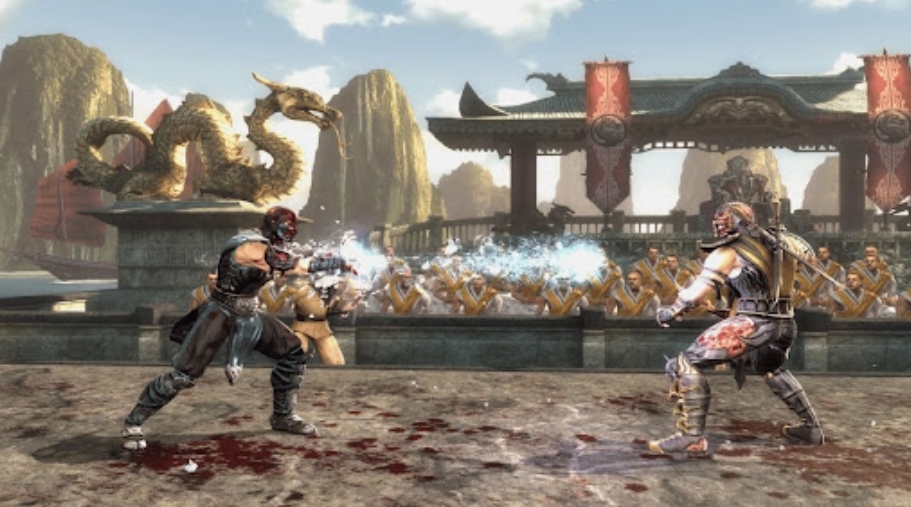Short, sharp combat wins players over before story or spectacle. The reason is psychological. Good feel blends timing, feedback, and readable cause and effect, so every strike or parry seems earned.
What “feel” means in combat, beyond graphics and damage
Game feel is the perceived loop between input, on‑screen response, and impact. In combat systems, this loop must be consistent under pressure. Animations, effects, sound, and camera work together to create instant understanding of distance, startup, active frames, and recovery.
Timing as psychology, anticipation to contact to recovery
Attacks feel better when wind‑ups are clear, impact frames are distinct, and recovery does not linger without purpose. Animators shape poses so players read intent. Designers budget frame counts so heavy attacks look heavy yet remain cancelable in defined windows. The brain rewards actions that line up with expectation, so clean timing reduces frustration and builds trust.
Hit‑stop and time dilation sell impact
A brief freeze on contact, often a handful of frames, highlights a clean hit. Subtle slow motion on perfect parries or finishers improves readability, not just spectacle. These micro‑pauses give the brain space to register collision, which is why hits feel weighty even when numbers are unchanged. For a practical look at hit effects in action games, see Game Developer’s breakdown of animation techniques that help hits land.
Input latency, buffering, and cancel windows
Perceived control depends on end‑to‑end latency. Buffering lets players queue the next input during recovery, which keeps flow intact. Fair cancel windows turn mastery into expression, for example jump‑canceling after a launcher or special‑canceling on hit. A peer‑reviewed study measuring how delay affects performance and perceived quality across perspectives supports strict latency budgets in combat systems, as shown by controlled latency results.
Camera, framing, and shake that help, not hurt
Cameras serve spacing. A slight pull‑in at the moment of impact adds drama, but erratic shake reduces target tracking. Designers cap shake amplitude and duration, constrain lateral drift, and stabilize the horizon during rapid movement. The goal is clarity of hitboxes and hurtboxes, not noise.
Audio cues and haptics as invisible interface
Sound design distinguishes light, heavy, counter, and perfect timing. Short, pitched layers make chain hits intelligible at speed. Parry pings sit above the mix and decay quickly, so players recover rhythm. Haptics mirror this hierarchy, for example a low, brief pulse for light hits and a longer, multi‑phase pattern for a guard break.
Frame advantage and fairness, felt through feedback
Players learn advantage by feel before they learn numbers. Strong impact effects on a counterhit, clear block spark for unsafe contact, and a unique stun sound help players sense when to press or disengage. When audiovisual cues map to rules, the system feels fair even during losses. A recent example of this balance appears in Ninja Gaiden 4, showing how clear hit feedback and consistent rules make demanding fights feel fair.
Teaching feel with drills and tools
Practice modes accelerate learning when they train rhythm, not only controls. Effective tools include:
- Beat‑based parry drills, a metronome or visual pulse teaches timing before complex setups.
- Record and replay, players fight their own sequences, then adjust spacing and startup.
- On‑screen frame hints, optional overlays show startup, active, and recovery while sparring.
- Reaction tests, short scenarios, for example punish the whiff, build habits without text walls.
Practical checklist for teams
Use this list during playtests and daily builds.
- Latency budget, target end‑to‑end input delay that stays consistent under load. Profile worst case and fix spikes first.
- Buffer rules, allow inputs during late recovery and landing, log misreads where buffers fail.
- Cancel logic, enable on hit, limit on block, telegraph special cancels with distinct audio.
- Hit‑stop defaults, small freezes on normal hits, a longer value on counters and finishers.
- Camera bounds, lock horizon during sprints, clamp shake amplitude and duration.
- Audio layers, separate light, heavy, parry, guard break, and stun with short, readable tails.
- Haptic map, align pulse length and strength with move types and states.
- Tutorial pacing, teach one timing concept per drill, escalate speed gradually.
Conclusion
Combat feels right when the player’s intent maps cleanly to what they see, hear, and feel. Strong timing, readable animation, and consistent rules let players predict outcomes and recover rhythm after mistakes. Keep latency stable, make impacts legible, and use audio and haptics to guide decisions rather than add noise. Teach timing with drills that build pattern recognition, not text. When these pieces stay aligned from prototype to polish, players trust the system and the game earns its sense of weight and fairness.
References
- ByAlexDavid.com: https://byalexdavid.com
- GameDeveloper.com: https://www.gamedeveloper.com






